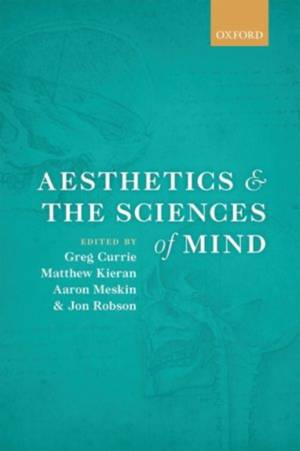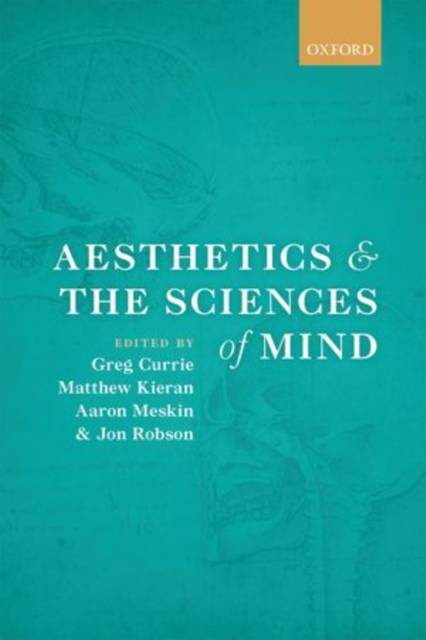
- Afhalen na 1 uur in een winkel met voorraad
- Gratis thuislevering in België vanaf € 30
- Ruim aanbod met 7 miljoen producten
- Afhalen na 1 uur in een winkel met voorraad
- Gratis thuislevering in België vanaf € 30
- Ruim aanbod met 7 miljoen producten
Zoeken
Omschrijving
Through much of the twentieth century, philosophical thinking about works of art, design, and other aesthetic products has emphasized intuitive and reflective methods, often tied to the idea that philosophy's business is primarily to analyze concepts. This philosophy from the armchair
approach contrasts with methods used by psychologists, sociologists, evolutionary thinkers, and others who study the making and reception of the arts empirically. How far should philosophers be sensitive to the results of these studies? Is their own largely a priori method basically flawed? Are
their views on aesthetic value, interpretation, imagination, and the emotions of art to be rethought in the light of best science? The essays in this volume seek answers to these questions, many through detailed studies of problems traditionally regarded as philosophical but where empirical inquiry
seems to be shedding interesting light. No common view is looked for or found in this volume: a number of authors argue that the current enthusiasm for scientific approaches to aesthetics is based on a misunderstanding of the philosophical enterprise and sometimes on misinterpretation of the
science; others suggest various ways that philosophy can and should accommodate and sometimes yield to the empirical approach. The editors provide a substantial introduction which sets the scene historically and conceptually before summarizing the claims and arguments of the essays.
approach contrasts with methods used by psychologists, sociologists, evolutionary thinkers, and others who study the making and reception of the arts empirically. How far should philosophers be sensitive to the results of these studies? Is their own largely a priori method basically flawed? Are
their views on aesthetic value, interpretation, imagination, and the emotions of art to be rethought in the light of best science? The essays in this volume seek answers to these questions, many through detailed studies of problems traditionally regarded as philosophical but where empirical inquiry
seems to be shedding interesting light. No common view is looked for or found in this volume: a number of authors argue that the current enthusiasm for scientific approaches to aesthetics is based on a misunderstanding of the philosophical enterprise and sometimes on misinterpretation of the
science; others suggest various ways that philosophy can and should accommodate and sometimes yield to the empirical approach. The editors provide a substantial introduction which sets the scene historically and conceptually before summarizing the claims and arguments of the essays.
Specificaties
Betrokkenen
- Auteur(s):
- Uitgeverij:
Inhoud
- Aantal bladzijden:
- 266
- Taal:
- Engels
Eigenschappen
- Productcode (EAN):
- 9780199669639
- Verschijningsdatum:
- 24/09/2014
- Uitvoering:
- Hardcover
- Formaat:
- Genaaid
- Afmetingen:
- 163 mm x 234 mm
- Gewicht:
- 566 g

Alleen bij Standaard Boekhandel
+ 370 punten op je klantenkaart van Standaard Boekhandel
Beoordelingen
We publiceren alleen reviews die voldoen aan de voorwaarden voor reviews. Bekijk onze voorwaarden voor reviews.








